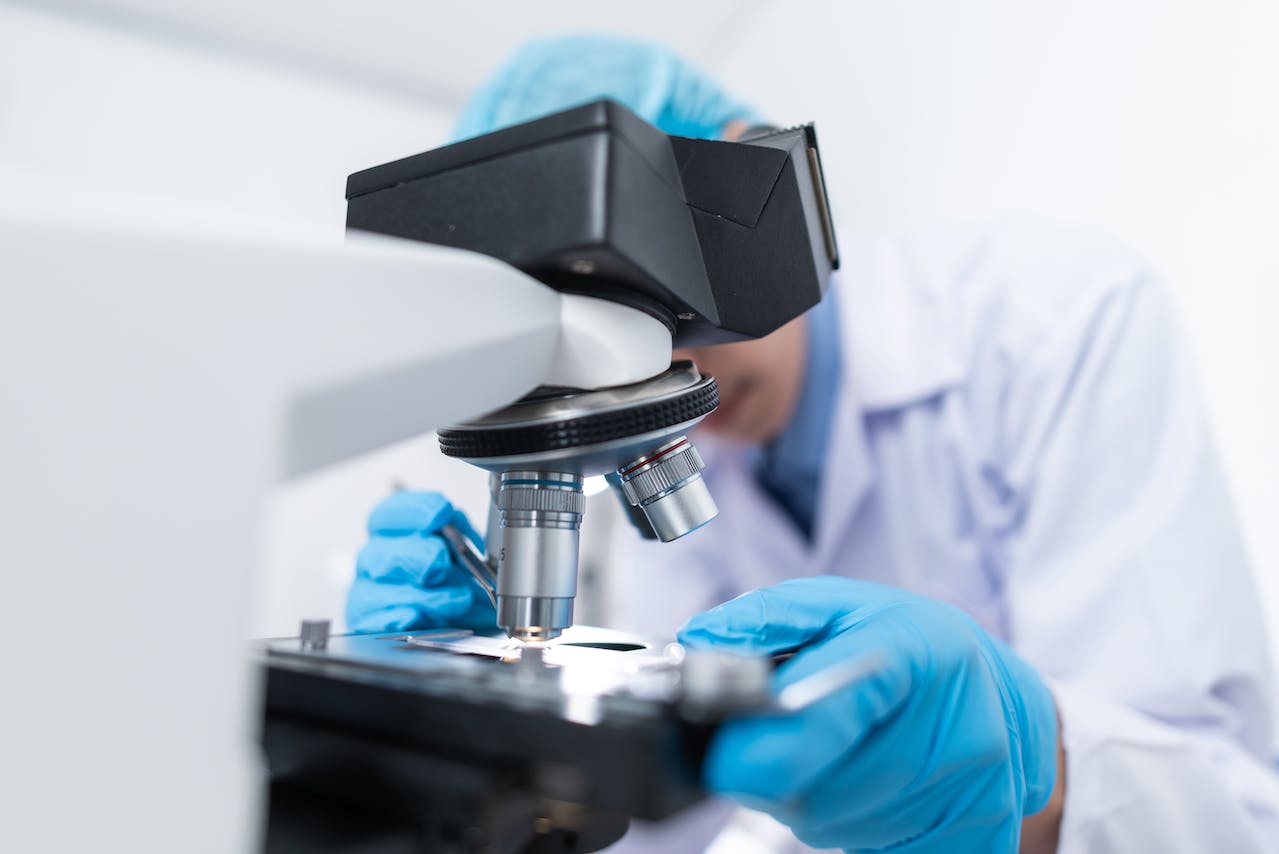From Molecules to Medicines: A Deep Dive into Biophysical Techniques for Successful Hit Generation in Drug Discovery

Biophysical techniques play a crucial role in the field of drug discovery, where scientists aim to transform molecules into life-saving medicines. These techniques involve the study of physical properties and interactions of biological molecules, providing valuable insights into their structure, function, and behaviour. By employing a range of biophysical techniques, researchers can identify potential drug candidates and optimize their properties for therapeutic use. This article explores the significance of biophysical techniques in hit generation, their applications in drug development, advancements in the field, challenges faced, and available resources for learning these techniques.
Role of Biophysical Techniques in the Development of Biologics
Biophysical techniques emerge as indispensable tools in the realm of biologics development, where precision and comprehension are paramount. Biologics, encompassing a diverse array of complex molecules like proteins, antibodies, and nucleic acids, require rigorous scrutiny of their structural attributes, stability profiles, and interactions. Biophysical techniques rise to the challenge, furnishing insights that are instrumental in the development and optimization of these therapeutic agents.
One pivotal facet of biophysical techniques in biologics development is their capacity to unravel the intricate structural nuances of these molecules. Circular dichroism (CD) spectroscopy, for instance, unveils the secondary structure of proteins, shedding light on their folded configurations critical for function. Differential scanning calorimetry (DSC) steps further, providing a window into the thermal stability of biologics. These techniques empower researchers to assess whether a protein, antibody, or nucleic acid maintains its structural integrity under various conditions, a fundamental consideration in biologics development.
Moreover, biophysical techniques serve as guiding lights in elucidating the binding kinetics between biologics and their intended targets. Understanding how rapidly and strongly a biologic interacts with its target is vital for optimizing therapeutic efficacy. These techniques provide quantitative data, allowing researchers to decipher the intricate dance of molecular interactions, ultimately aiding in the fine-tuning of biologics for enhanced therapeutic outcomes. In essence, biophysical techniques are the compass that navigates the journey from biologics discovery to their development, ensuring these complex molecules fulfil their therapeutic potential.
Importance of Biophysical Techniques in Hit Generation and Hit Identification
In drug discovery, hit generation and identification are pivotal stages. They involve screening compound libraries to find potential candidates that interact with a target of interest. Biophysical techniques play a central role in these phases, offering critical insights into binding affinity, kinetics, and thermodynamics.
These techniques provide precise and quantitative data, enabling researchers to assess a molecule's potential as a drug candidate and predict its efficacy accurately. Notably, methods like Surface Plasmon Resonance (SPR), Isothermal Titration Calorimetry (ITC), and Nuclear Magnetic Resonance (NMR) spectroscopy excel in delivering exacting insights into molecular interactions. SPR tracks binding affinities in real-time, ITC unravels thermodynamic intricacies, and NMR spectroscopy provides both binding parameters and structural insights. This quantitative precision empowers researchers to select and optimize compounds effectively.
The synergy between biophysical techniques and hit identification serves as the foundation for innovative therapeutic solutions, advancing our understanding of molecular interactions and propelling pharmaceutical science forward.
Comparison of Biophysical Techniques with other Drug Discovery Techniques
Biophysical techniques distinguish themselves in the landscape of drug discovery by offering precision, comprehensive parameter assessment, integration potential, and efficiency. Their quantitative and direct nature, combined with their compatibility with other approaches, positions them as indispensable tools for researchers seeking to streamline the drug discovery process and identify promising therapeutic candidates:
- Precision and Quantification: Unlike traditional methods that often yield indirect or qualitative data, biophysical techniques offer direct and quantitative insights into molecular interactions, enabling a precise assessment of binding strength and conditions. This precision aids in identifying promising drug candidates.
- Comprehensive Parameter Assessment: Biophysical techniques delve deep into drug optimization, offering critical data on binding affinity, stoichiometry, and thermodynamics. This comprehensive assessment equips researchers with the knowledge needed to prioritize compounds for further development.
- Synergy with Other Approaches: These techniques seamlessly integrate with computational modeling and structural biology, validating predictions and enhancing accuracy in virtual screening and lead optimization. They also provide valuable structural insights, complementing structural biology methods such as X-ray crystallography and cryo-electron microscopy.
Advancements in Biophysical Techniques for Drug Discovery
The field of biophysical techniques for drug discovery is in a state of continuous evolution, marked by significant advancements that enhance the accuracy and efficiency of hit generation. One notable stride in this progression is the seamless integration of automation and high-throughput screening (HTS) platforms with biophysical techniques. This integration empowers researchers to swiftly screen extensive compound libraries, thereby substantially expediting the hit identification process. Furthermore, the advent of cutting-edge techniques such as microscale thermophoresis (MST) and bio-layer interferometry (BLI) has ushered in a new era of sensitivity and resolution in biophysical measurements. These innovations enable a more granular and precise characterization of molecular interactions, offering unprecedented insights that refine our understanding of the drug discovery landscape.
Challenges and Limitations of Biophysical Techniques
While biophysical techniques offer valuable insights into molecular interactions, they also present certain challenges and limitations. One challenge is the requirement for specialized equipment and expertise, which may limit the accessibility of these techniques to smaller research groups or institutions. Additionally, biophysical techniques often require purified and well-characterized targets, which can be challenging for membrane proteins or complex biological systems. Furthermore, the interpretation of biophysical data requires expertise in data analysis and the integration of multiple parameters. Addressing these challenges and limitations through collaborative efforts and technological advancements will be crucial for further harnessing the potential of biophysical techniques in drug discovery.
Conclusion
Biophysical techniques have revolutionized the hit generation process in drug discovery, providing valuable information about molecular interactions, binding affinities, and thermodynamics. As advancements continue to emerge, these techniques will play an increasingly critical role in the identification and optimization of drug candidates. The integration of biophysical techniques with computational modelling, structural biology, and automation will enable more efficient and precise hit generation. By overcoming challenges such as accessibility and target complexity, biophysical techniques will continue to shape the future of drug discovery, leading to the development of more effective and safer medicines.





.png)

